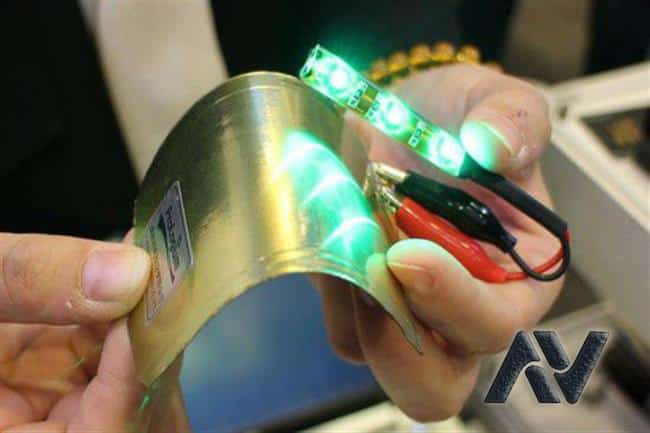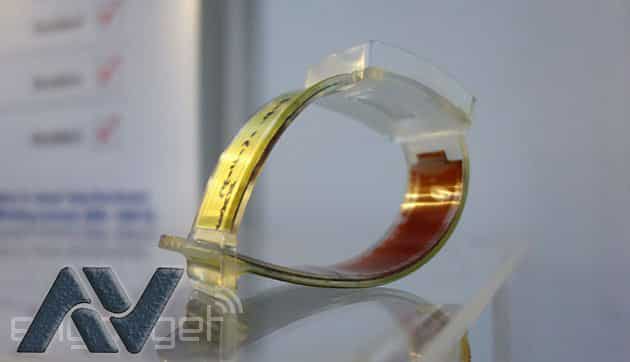The Future Of Electricity Source – Batteries Plus Safety

FLCB (FPC Lithium-Ceramic Battery)
FTB (FPC Thin Battery) (Mechanical)
FLCB is the only lithium-chemical system battery that adopts FPC (flexible printed circuits) in the form of a battery substrate in the world. This breaks the traditional approach of traditional LPB and breaks the production process, but a super-thin FPC is going to adopt the complete printing and coating method to produce lithium-ceramic batteries, which is thin and flexible in the form of FPC (flexible printed circuit). Not only is the presence of machinery and battery in possession of FPC’s ultra-thin and flexible features, but also is capable of optimizing many terminals. For example: To simplify the place of conventional battery management system by connecting directly to conventional module system for conducting voltage / temperature reference points for grounds, multiple terminals for battery critical / parallel combination, extended FPC golden is normal Finger and soft flat cables instead of wires or connections, and integrating LED or active / passive components. Not enabled. There is no limit on the terminal status and size, and then, it is able to adopt the TL solder method for connecting the FLCB terminal and PCB or connector. In addition, with FPC, FLCB is the only one Li-chemical system battery that can adopt the role of production of roll-to-roll (or reel-to-reel) for the whole battery creation and assembly process in the world.
LCB (Lithium-Ceramic Battery) (Chemical)
Regarding the chemical system, FLCB adopts solid-like electrolyte, lithium-ceramic, which causes ultra-secure achievement internally compared to good electrical performance like normal LIB / LPB. Even after folding, hitting, punching, biting, penetrating or burning (@ 700 ~ 1300 ° C), FLCB will not leak, fire or exploration due to no leak inside FLCB and can stop uncompressed solid-like electrolyte cathode And anode also with shoring. However, there is no risk or risk for FLCB to perform unusual charging test at 6V ~ 32V without PCM protection. After the test, the temperature of the FLCB surface is only 29 ° C ~ 32 ° C and there is no shortage, no explosion. It is the most safest Li Chemical System battery at present.

Prologium will be responsible for research and development, the formation of cell root which is the core of the battery cell. Based on the cell root, JV will create battery cells and battery modules, and integrate the WM battery pack into newer energy vehicles. According to Vincent, president of Proligium Technology Company Limited, “The joint venture will take advantage of two companies and will aim to win the win-win situation.” Moreover, most of the world’s creators will already contact Prologues and will soon announce more affiliate information. LCB resolves the performance and security core issues of traditional EV polymer batteries completely. It has high capacity, high energy density, fast charging capacity (5C charging with less temporary), and extremely extensive operation window (storage at -65 ° C; discharge at 105 ° C). And it adopts solid-state lithium ceramic electrolyte instead of liquid type in normal polymer battery, so there is no leak, there is no explosion. In addition, collaboration with Prologium will be more flexible than other cell manufacturers, which provide only battery cells. The main content of prologue cell, “Release”, provides other cell manufacturers (NMC, Lead-Acid or NIMH batteries for example) to Assembly Battery cells.
Features Of This Batteries
Ultra-thin: 0.38 mm / cell. Flexible: The bending radius (R) is approximately 15-17 mm, depending on the length of the FLCB. Under the winding position, the electrical display is as much as the flat position. Ultra Safe (Physical examination, thermal testing and electrical damage test).The solid-state ceramic electrolyte has an internally secure advantage to avoid leakage and danger. No leakage, no smoke, no fire, no explosion after physical effect (folding, hammer punching, cutting), and thermal test (200 ° C / 10-minute hot box test, 250 ° C hot plate test, 700 ~ 1300 Degree celsius spray gun). No explosion or flame while abnormal charging up to 6V, 12V, 15V, 19V and 30V Able to adopt the role of the roll to roll production Large footprint size. FLCB can be made in large footprint size (1 square meter) with the highly electrolyte-capable fixture and acceptable cost. It is impossible to do this for LIB and LPB. Able to integrate with the injection moulding process (180 ~ 260 ° C). Multiple terminals. Multiple terminal designs include terminal numbers, positions, sizes … etc, are customized and valuable for later process. Able to adopt tin soldering. It is not possible to use the batteries on easy, fast and low cost, which can be used on LIB / LPB. Able to integrate with electrical components. Integrated FLCB and electrical components such as LEDs, antenna, circuits, and passive/active components as a platform are workable. Able to be parallel directly with different types of battery cells without PCM. Along with the safety of any PCM, LPB is similar with w / o: still the same electrical display. Similar to different sizes of FLCB: There is no remaining issue that Lieb / LPB does.

Main Application Of This Batteries
Safe + Elastic: Wearable Electronics, 3C Accessories. Safe + Ultra Slim: Smart Card, eBook, Voice Card, Keyboard Safe + High Energy Density: Smartphones, Tablets, UltraBooks. Safe + Large footprint size: xEV, ESS (energy storage system). There is no fire or explosion even after entering, folding or charging more. LCB also passes EUCAR Hazer level 2 ~ 3, which is a dream to achieve for all first class cell manufacturers. Speaking to the general, LCB is the safest battery in the world. That’s more than the LCB’s latest energy density market than any other EV battery. Comparison of the energy density roadmap with competitors, targets on 660Wh / L (Samsung SDI) in BMW i3 2020, targets on GM Spark 700Wh / L (LG Chemical) in 2020. Proligium LCB energy density will be 1.4 ~ 1.5 times higher, which will reach 1000Wh / L LCB can turn 10000 times and still be functional. Since 2019, we will be in the world of flexible electronics and batteries, to attract tremendous attention to these devices. These devices require batteries with form factors else the special mechanical properties. For more information about thin, flexible and printed batteries, please refer to the index report Flexible, Printed and Thin Film Battery 2019-2029.



